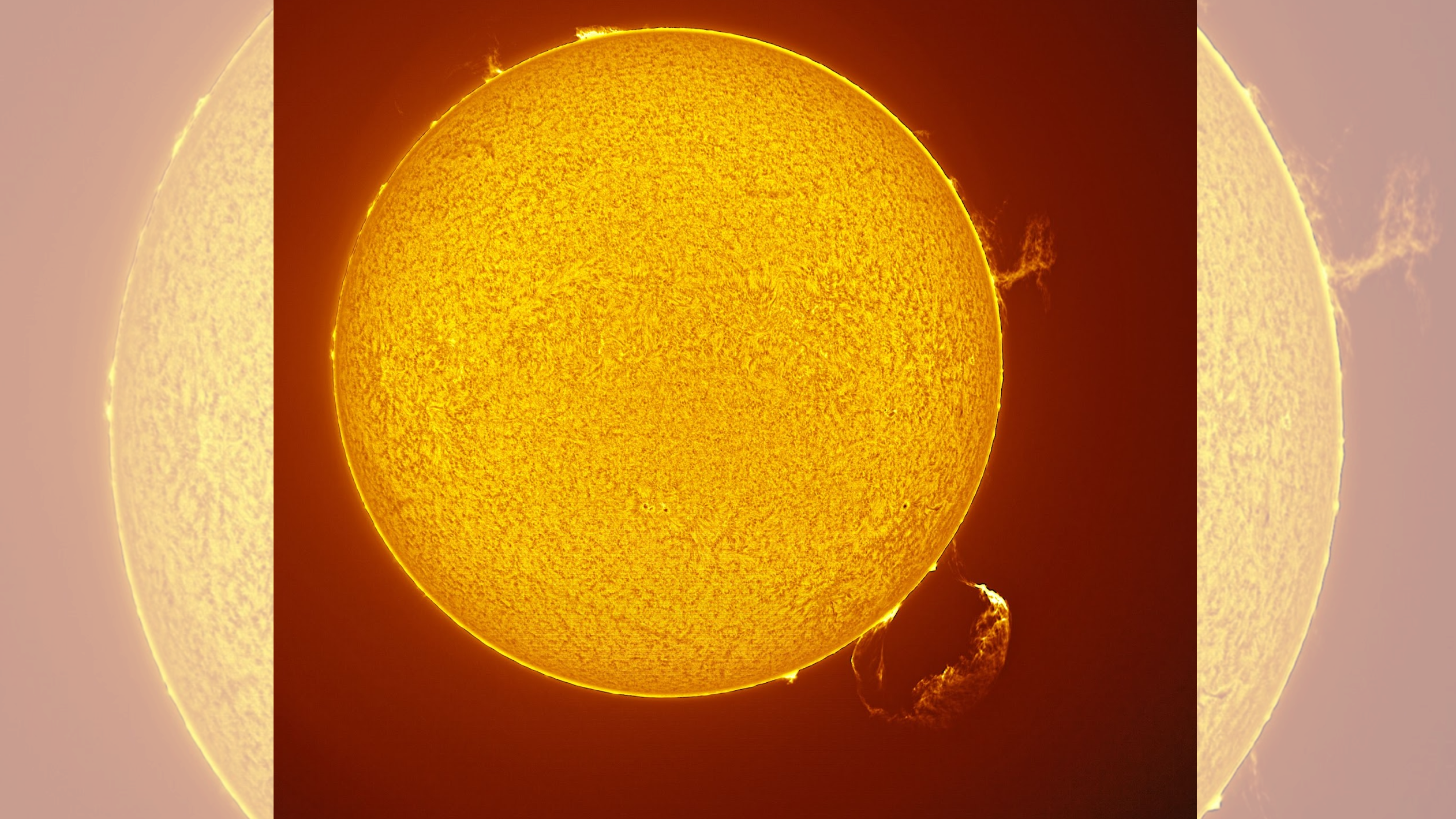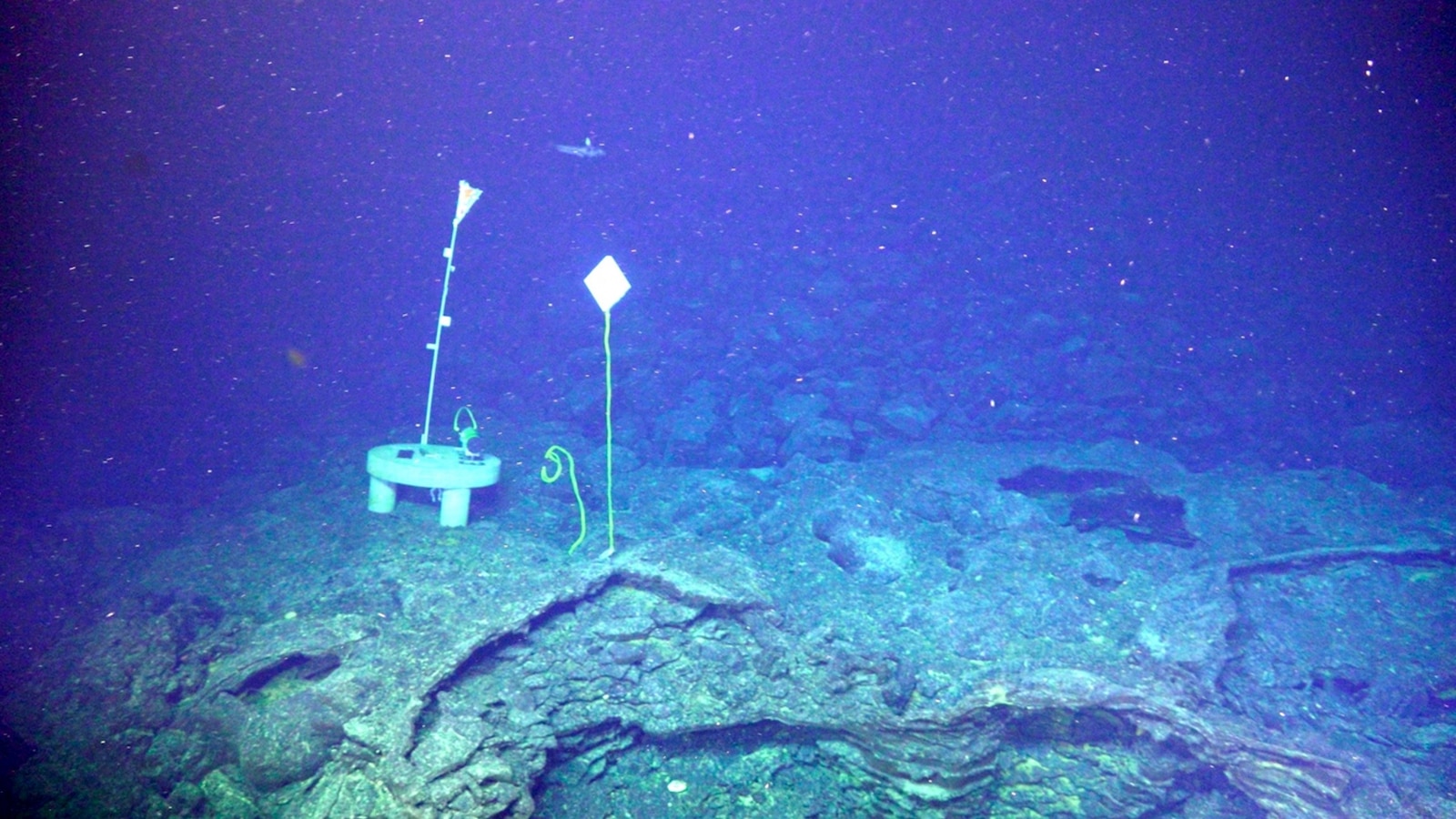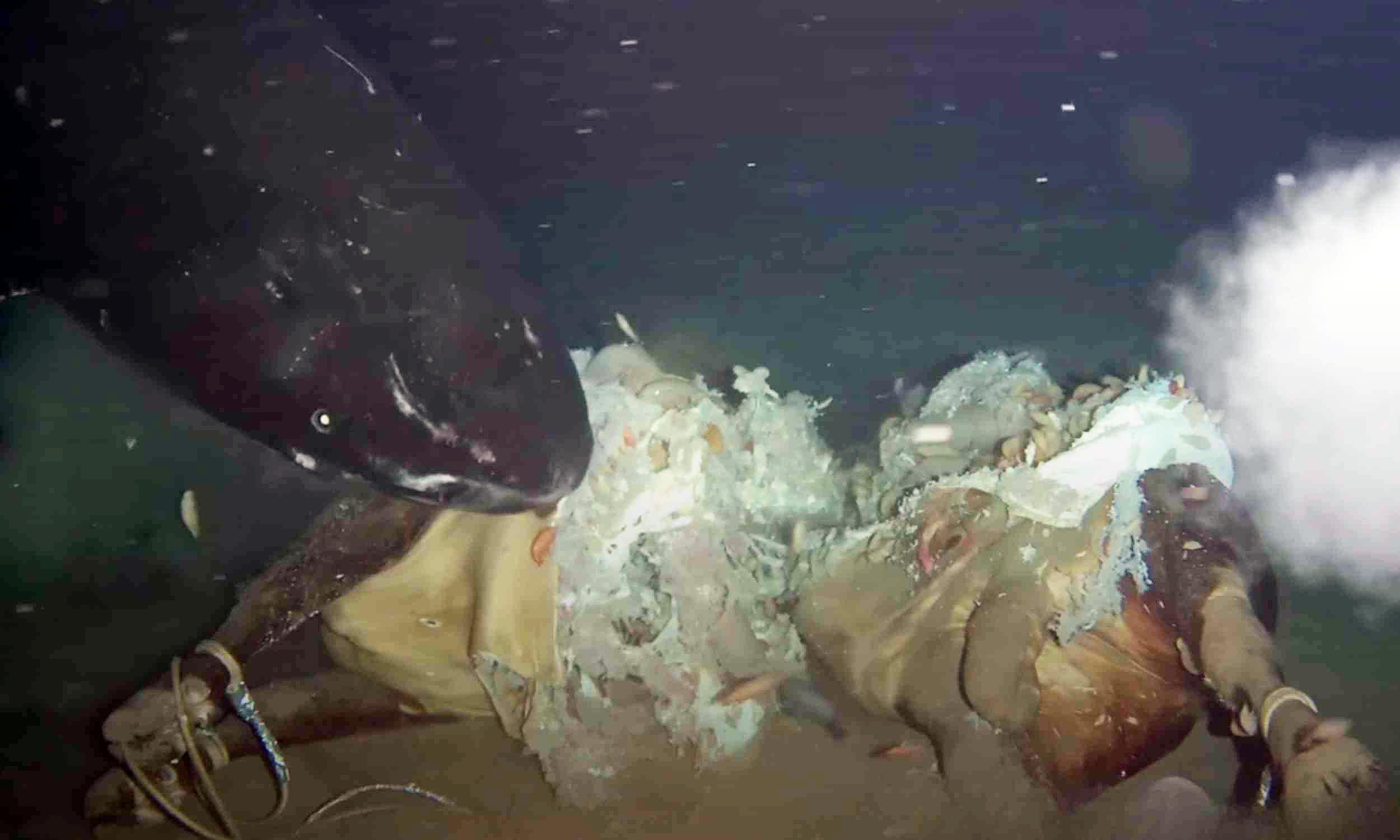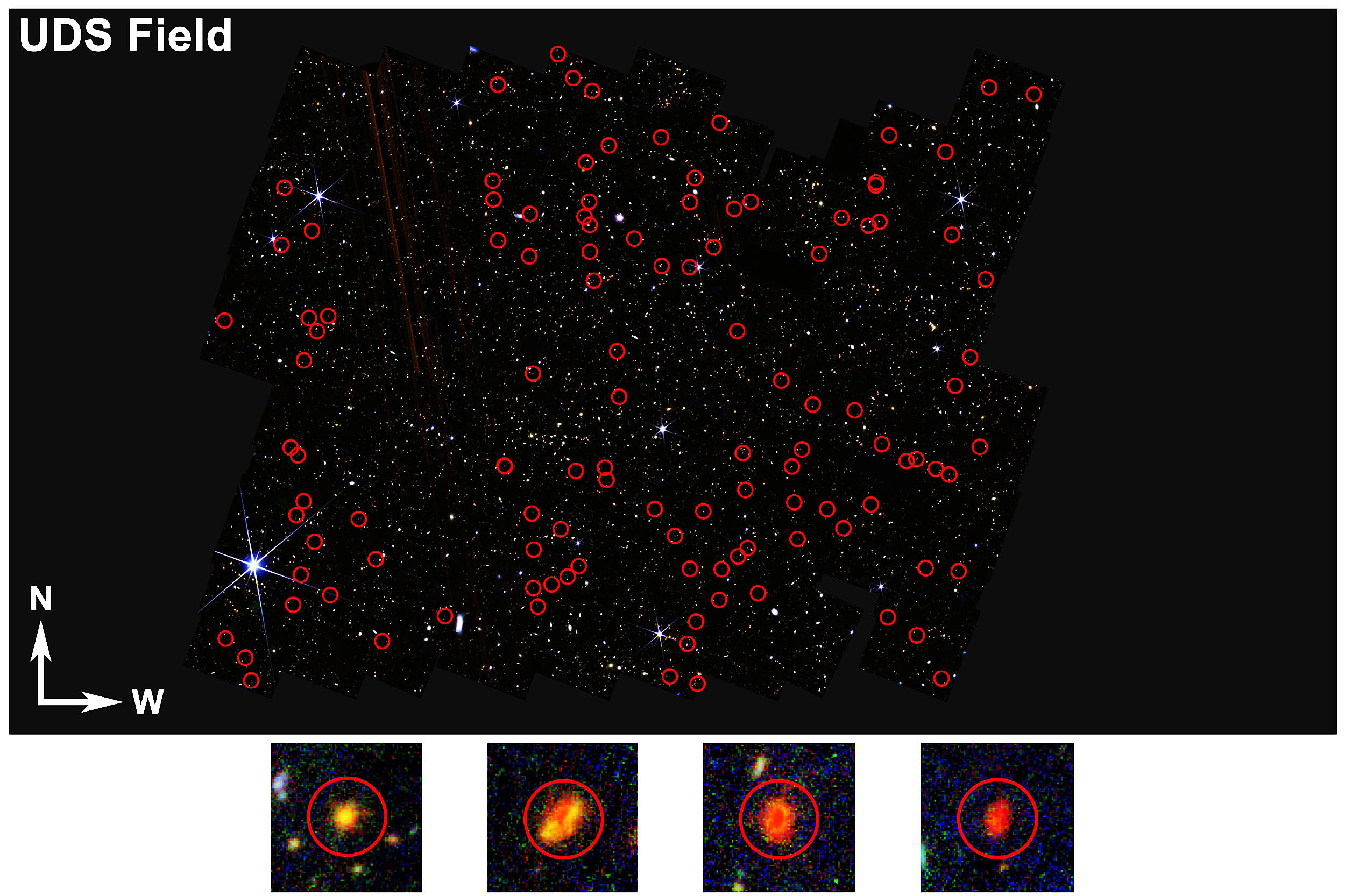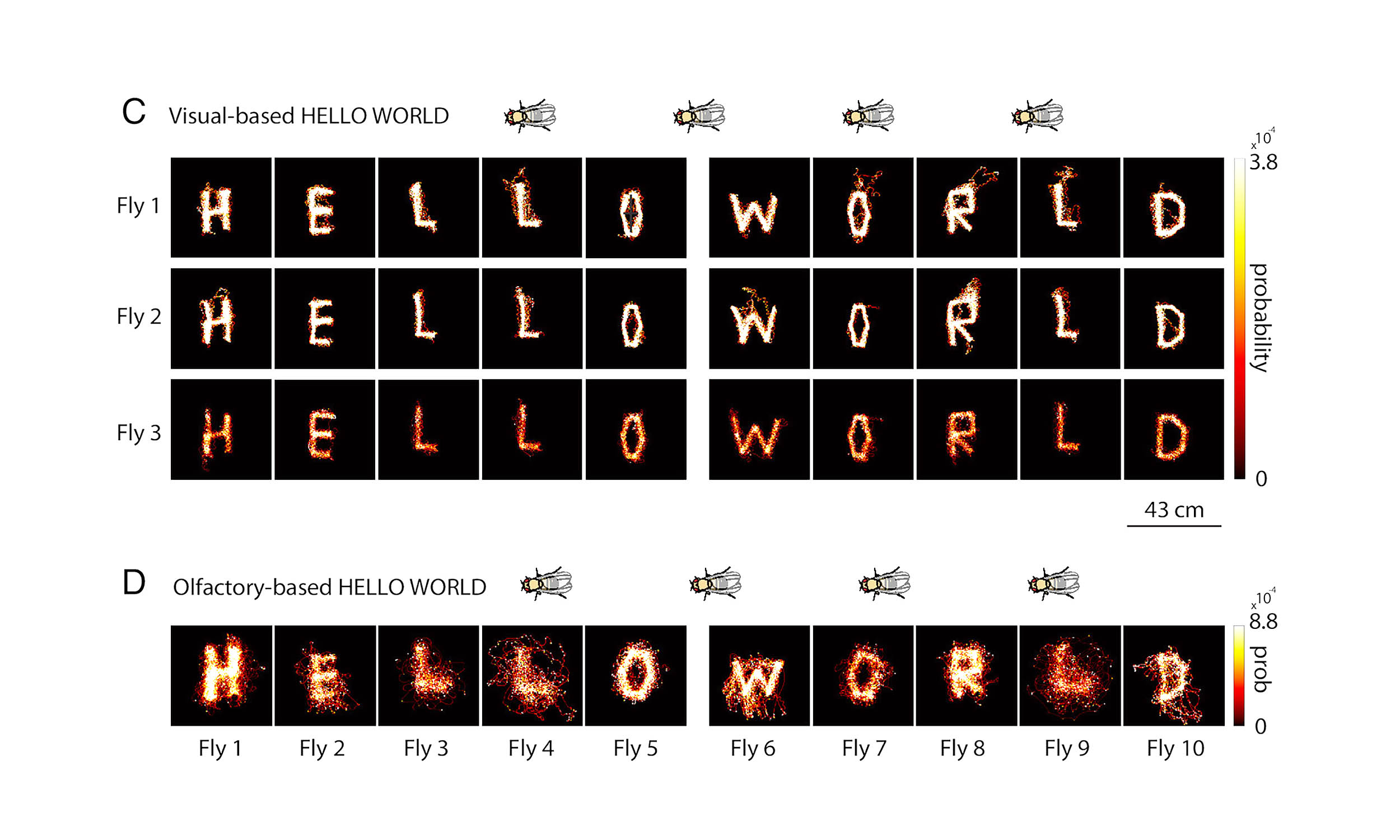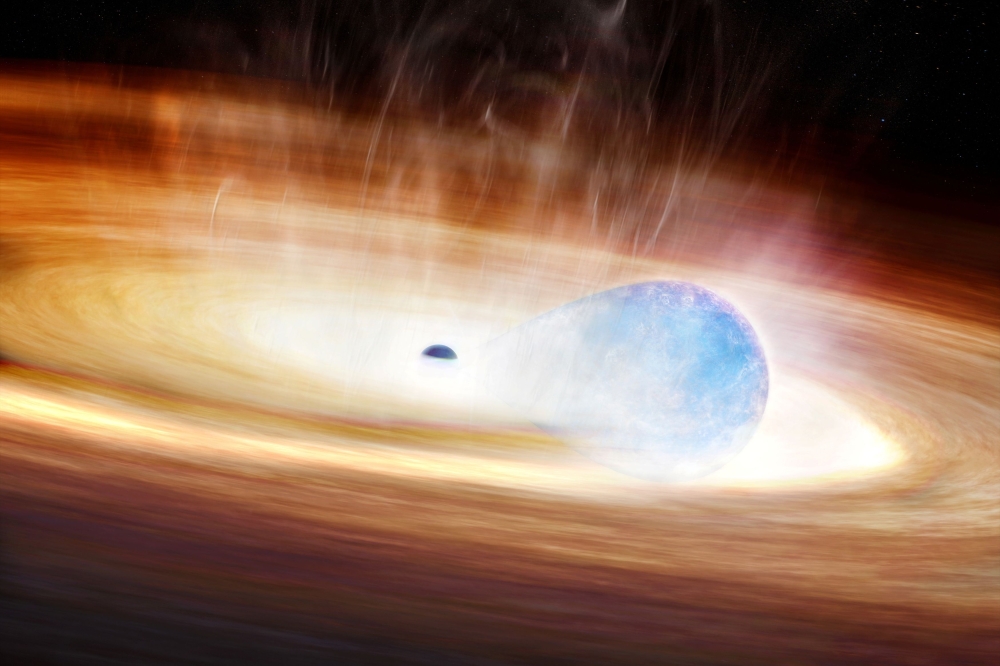NASA's Shocking Fuel Discovery: Is Americium-241 the Key to Our Deep Space Future?
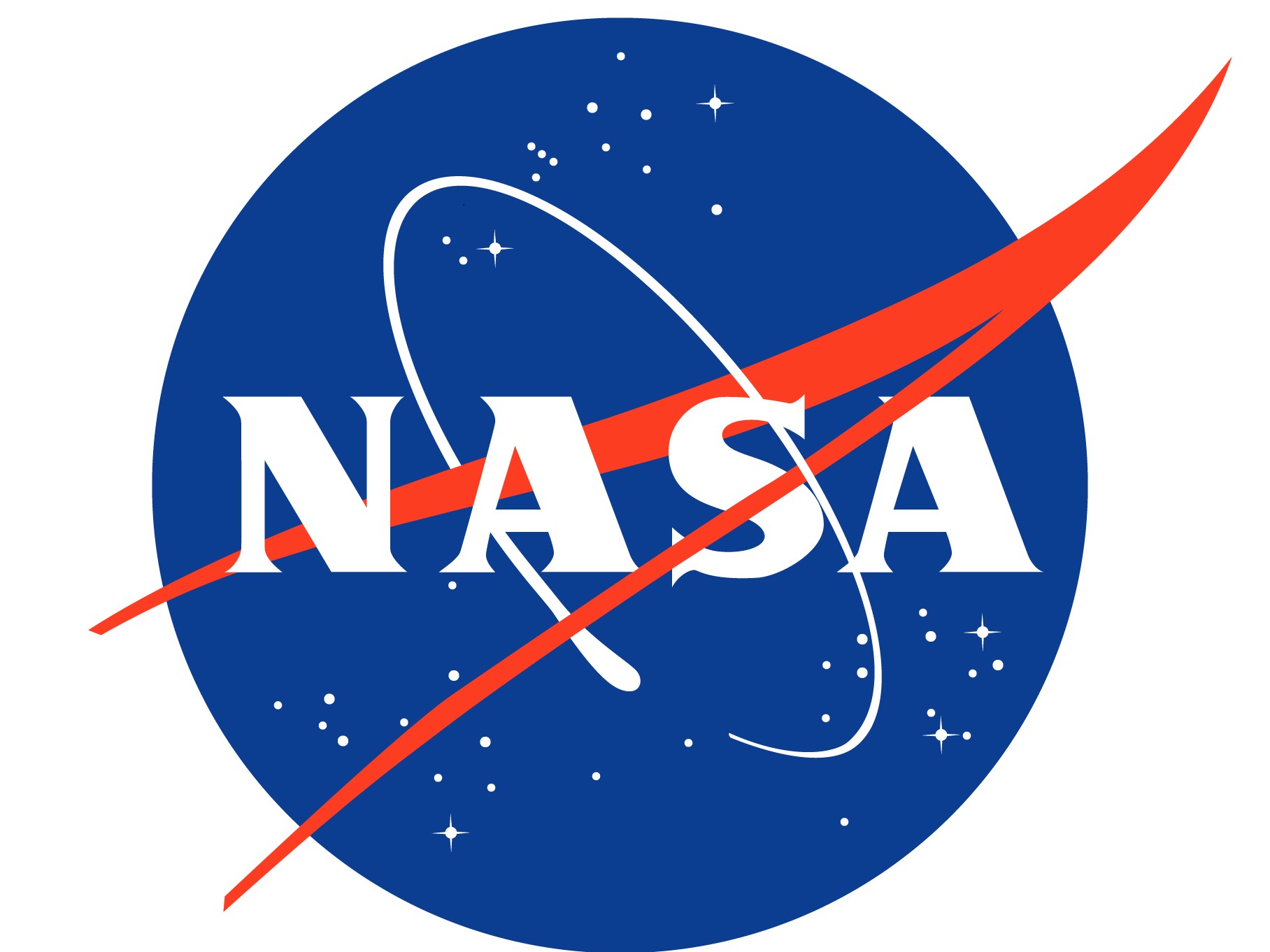
Did you know that NASA is on the brink of revolutionizing deep space exploration with a groundbreaking new fuel? That’s right! Americium-241, a radioactive material previously sidelined, could be the game-changer for long-duration space missions, especially in the harshest environments of outer space.
For years, NASA has relied on radioisotope power systems to keep its spacecraft and scientific instruments running smoothly, using the natural decay of radioactive materials to generate electricity. The go-to fuel until now has been plutonium-238, but there’s been a growing interest in americium-241, and it looks like that curiosity is finally taking flight!
In an exciting collaboration with the University of Leicester, NASA is putting americium-241 to the ultimate test. The centerpiece of this project is an innovative free-piston Stirling convertor. This ingenious device transforms radioisotope heat into electricity without the mechanical wear and tear of traditional engines that depend on crankshafts. With pistons that float freely, this design reduces friction and increases energy output over time—perfect for the demanding requirements of deep space expeditions.
During testing, both NASA and the University of Leicester contributed vital components. The university provided the heat source simulators and the generator housing, while NASA Glenn’s Stirling Research Lab supplied the test station and supporting equipment. Together, they powered the Stirling generator with two electrically heated americium-241 heat source simulators, mirroring the specifications of real ones.
The results were promising! One of the standout features of the testbed is its ability to maintain electrical power, even if the Stirling convertor experiences a failure. This breakthrough could significantly enhance the reliability of future missions. Could the Americium-Radioisotope Stirling generator become a trusted energy source for astronauts venturing further into the cosmos? Only time will tell, but NASA is certainly paving the way for new possibilities in deep space exploration!












